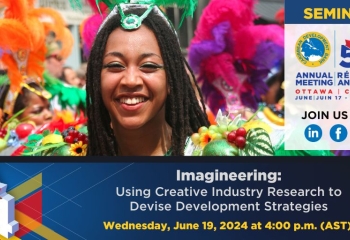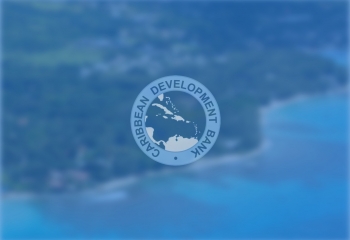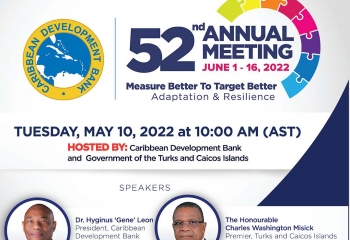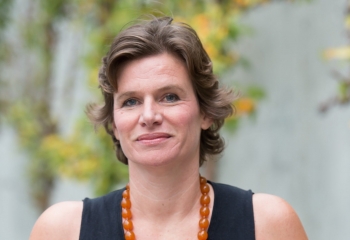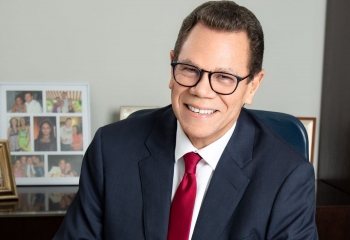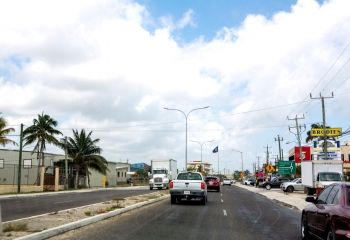Closing Remarks- 51st Annual Meeting of the Board of Governors
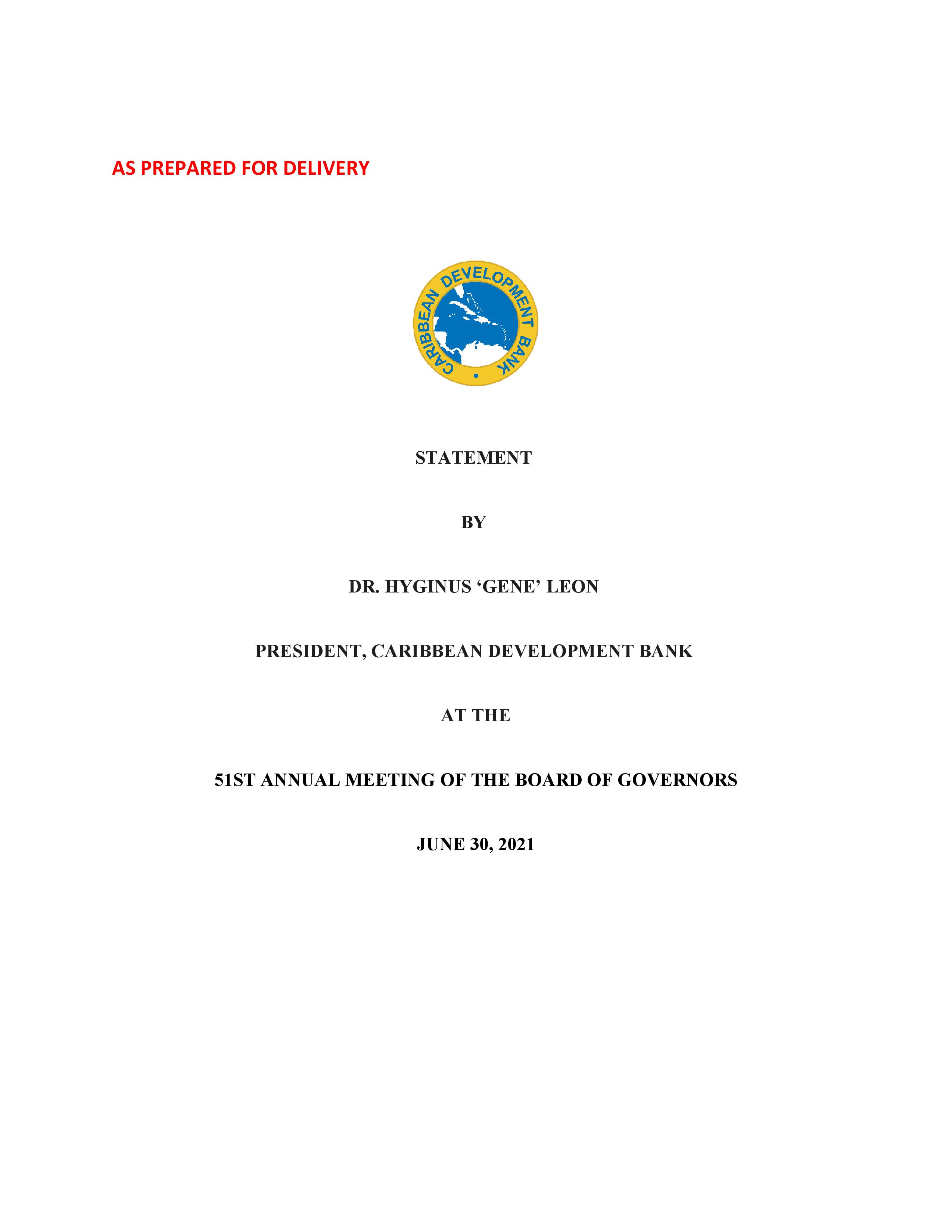
Madam Chair, regretfully, we have come to the end of the 51st Annual Meeting of the Caribbean Development Bank (CDB). This is my first meeting, but already fond memories of lively engagement and high-quality discussions are imprinted on my brain.
Madam Chair, I must acknowledge and thank you for the critical role you played in this successful event. Thank you for stepping in and taking on the responsibility of the chair of this meeting with very little notice. You steered the event well; and we are forever indebted to you for generously giving of your time.
The deliberations with Governors over the past two days, alongside the virtual sessions have been extremely productive. We were afforded unique insights into some innovative solutions that the Bank’s Borrowing Member Countries (BMCs) can adopt to overcome their development challenges.
Ladies and gentlemen, the international and regional landscape has changed markedly over the past 18 months. Since the first case was reported in the Region, over 2000 lives have been lost; more persons have fallen below the poverty line; production has been set back in an unprecedented way through lockdowns and restrictions on travel. With the onset of the pandemic, global economic activity fell by 7% in 2020, with some countries returning to real growth levels not seen since the mid-2000s. Governments have responded primarily by expanding social safety net provisions and offering economic stimulus packages. Notably, recovery to pre-pandemic levels of output is not expected to take place anytime soon.
CDB has been at the forefront of efforts to mitigate the impact of crises on our Region. We have stepped in to provide emergency assistance as well as longer term recovery support, as needed. The Bank, in keeping with its poverty reduction mandate, will continue to look for innovative solutions so that it can better respond to the needs of BMCs.
Several Governors welcomed the Bank’s new emphasis on innovation as the key to sustainable growth and resilience building in the Region. The dialogue with policy makers, entrepreneurs, youth, development partners and climate change champions in the various fora, over the past few days, has yielded a possible blueprint for resilience building. Their recommendations call for increasing access to capital and financing; refashioning the education system to address gaps and accommodate future needs; diversifying the economy to reduce export concentration risk; investing in renewable energy and mainstreaming climate change; addressing social and gender inequalities and strengthening the business environment for private sector development. Importantly, the discourse also called for transformative partnerships to bring us closer to our shared vision.
As they reimagined the Caribbean, they envisioned strong regional collaboration and integration to respond to shocks and cushion the impact of climate events, significant investment in digitalisation and financial technology to boost private and public sector competitiveness; debt relief to cushion the effects of the pandemic; access to affordable financing to facilitate investment in health, education and infrastructure for economic growth.
They also imagined CDB and other International financial institutions promoting, within the commercial bonds market, increased access to climate resilient debt instruments; reforming social protection systems to ensure that welfare systems are fit for purpose and appropriately responsive to shocks and safeguarding the most vulnerable; improving governance and institutions; accommodating increased investment in agriculture and agro-processing to ensure food security and improving governance and institutions.
Governors, our region faces the inescapable reality that our vulnerability is multidimensional, and the sequencing of crises often not allowing adequate time and space for recovery. In the middle of coping with COID-19, for example, St. Vincent and the Grenadines is also battling the effects of the eruption of the volcano at La Soufriere.
Equally in our tourism-dependent economies, the pandemic immediately wiped out the demand for the services. Even as that demand is slowly returning in these economies, it is not lost on us that the supply chain can be taken out by just one climate event. This tenuous and fragile existence renders the distance to the frontier of the Sustainable Development Goals (SDGs) daunting, as we seem condemned to taking one step forward and several steps back at every turn.
But the articulation of the theme for this Annual Meeting was neither coincidence nor happenstance. The messages conveyed through every event have set our agenda and identified a pathway for sustainable development underpinned by economic, social and environmental resilience, and driven by innovation in every sphere.
In this regard, CDB will continue to support policies that seek to advance economic diversification, while at the same time, building more robust social protection programmes and transformative education systems. Underscoring all of this will be a ramped-up investment in climate adaptation and mitigation – fully cognisant that climate change constitutes a fundamental threat to the prospects for sustainable development in the Caribbean.
As part of these efforts, to scale up financing, CDB committed to align its operations with the goals of the Paris Agreement within the context of the six key areas or “building blocks” that form the core of the joint multilateral development bank approach to implement Paris Alignment. As a first step in this process, we are currently assessing our alignment status. Thus far, our alignment looks favourable. We have largely operationalised the direction and commitments set for our climate action work at all levels within the Bank.
Staying true to our 1969 mandate, CDB must harness its creativity and ingenuity to chart a path for recovery and sustainable growth. This is a path that must be underwritten by the necessary human, technical and financial resources to guarantee success.
Governors, many of you have already called on the Bank to scale up investment in recovery and building back better. I alluded to the financing needs of the region in my Statement to Governors yesterday. These are needs that reflect the quantum leap required both in quantity and quality of financing, if our region is to meet the targets set by the SDGs.
These are needs that underscore the chronically slow pace of recovery from exogenous shocks especially natural disasters. And these are needs that call for CDB to be right-sized-for-purpose in order to address these challenges in a meaningful way.
It has not gone unnoticed that other development banks were able to secure early replenishments of their concessional windows in order to respond to the financing needs of their membership at the height of the COVID-19 pandemic. CDB too will have to consider its current resources and the extent to which we are well-placed to adequately respond to the articulated needs of our membership – cognisant that for many of our BMCs, CDB is part of a very limited pool of sources for development financing.
The Bank has embarked on a mission to strengthen its own institutional resilience. In 2020, we commenced implementation of the Transformation Programme. This programme is designed to improve operational efficiency and, at the same time, allow us to get closer to our clients so we can be responsive to their needs and remain relevant in the regional development space. We have established resident implementation officers in two of our BMCs and will put others in place to facilitate project execution. We are also implementing technology driven solutions that will allow us to identify challenges in the project cycle sooner and take corrective action earlier.
However, the Bank’s efforts alone will not get us over the finish line. Addressing the implementation challenge will also require that our BMCs look inward to address those impediments to project and policy implementation. Of course, the Bank will be there to assist you along the way with robust technical assistance programmes. The fate of the Region and the Bank are inextricably linked. When the Region succeeds, the Bank succeeds. It is, therefore, in our collective interest to work together.
Madam Chair, I have just completed my first two months as CDB President; and what an incredible ride it has been. We experimented with the length, content, and format of the Annual Meeting this year; and the results were overwhelming. From the meeting’s virtual platform, we were able to deliver a larger number of events to a substantially larger audience. In the coming months, we will be monitoring and reviewing the situation very closely before deciding whether the 52nd Annual Meeting will be a face-to-face, virtual, or a hybrid meeting. I think the experience of this Annual Meeting suggests that, irrespective of the format, we should not limit our imagination on planning for a tremendous Annual Meeting in 2022.
So, until we meet again next year, please continue to stay safe.
